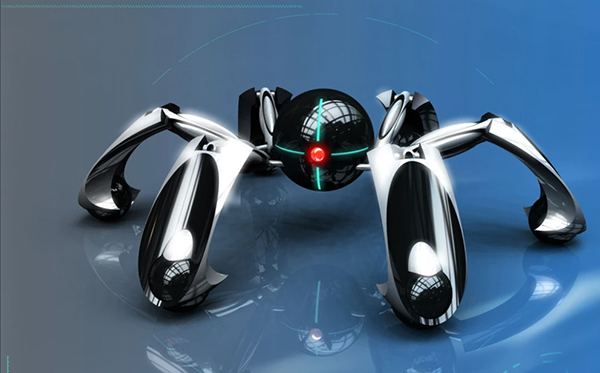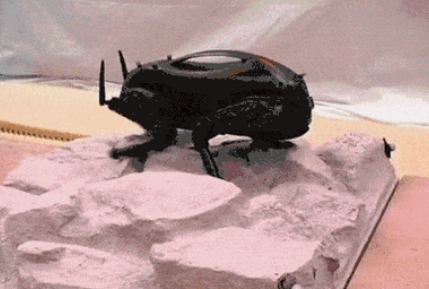Biological simulation robot is a mechanical device designed and manufactured to mimic the morphology, structure, and control principles of living organisms. It has the characteristics of high efficiency, centralized functions, and can display biological characteristics. This technology originated in the late 1960s and is an interdisciplinary field formed by the infiltration and combination of disciplines such as biology, biomechanics, medicine, mechanical engineering, control theory, and electronic technology.

The research field of biological simulation robots is extensive, mainly including biomechanics, control systems, and robotics technology. By combining the superior structure and physical properties of biological systems, humans are able to create biomimetic machinery that is more complete in certain performance aspects than systems formed in nature. These robots can not only mimic the external shape and motion principles of organisms, but also engage in tasks that are characteristic of organisms, extending or replacing some of their functions to meet the needs of specific scenarios.
According to different usage environments, biosimulation robots can be divided into underwater biomimetic robots, ground biomimetic robots, and aerial biomimetic robots. For example, underwater biomimetic robots such as biomimetic robotic fish can simulate the swimming posture of real fish and be used for underwater exploration and environmental protection. In addition, biomimetic robots are also applied in various fields such as healthcare, services, and military. For example, humanoid robots can replace human labor to complete complex tasks, improve work efficiency and quality of life.
Introduction:
Machinery designed and manufactured to mimic the morphology, structure, and control principles of living organisms, with more concentrated functions, higher efficiency, and biological characteristics. The discipline that studies biomimetic mechanics is called biomimetic mechanics, which was formed in the late 1960s by the infiltration and combination of disciplines such as biology, biomechanics, medicine, mechanical engineering, control theory, and electronic technology. In nature, organisms have developed a high degree of adaptability to the natural environment through natural selection and long-term self evolution. Their perception, decision-making, instruction, feedback, movement and other functions and organ structures are far more complete than the machines that humans have ever manufactured.
Development history: The technology of imitating biological forms and structures to create machinery has a long history.
In the 15th century, Leonardo da Vinci in Italy believed that humans could imitate bird flight and drew a diagram of flapping wings.
By the 19th century, various natural sciences had made significant progress, and people utilized the principles of aerodynamics to create several different types of monoplane and biplane gliders.


In 1903, W Wright and O Wright invented the airplane. However, for a long time, people lacked understanding of the similarities between organisms and machines, and were limited to physical imitation.
Until the mid-20th century, due to the needs of atomic energy utilization, aerospace, ocean development, and military technology, there was an urgent demand for mechanical devices to have adaptability and high reliability. However, various mechanical devices in the past are far from meeting the requirements, and there is an urgent need to find a new technological development path and design theory. With the development of modern biology, it has been discovered that organisms have unparalleled advantages in energy conversion, control and regulation, information processing, directional identification, navigation, and detection compared to previous technologies. At the same time, the theory of "control theory" emerged in natural sciences. It is the science that studies control and communication in machines and organisms. Cybernetics is the bridge between the working principles of communication technology systems and biological systems, laying the theoretical foundation for the analogy between machines and organisms.
In 1960 The first Symposium on Bionics was held in the United States in September, and the topic of "biological prototypes are the key to new technologies" was proposed, thus establishing the discipline of bionics, which later formed many branches of bionics.
In 1960, the American Society of Mechanical Engineering hosted a symposium on biomechanics.
In 1970, the Japanese Handicraft Research Association hosted the first Symposium on Biological Institutions, which established the disciplines of biomechanics and biological institutions, and formed biomimetic mechanics on this basis.

